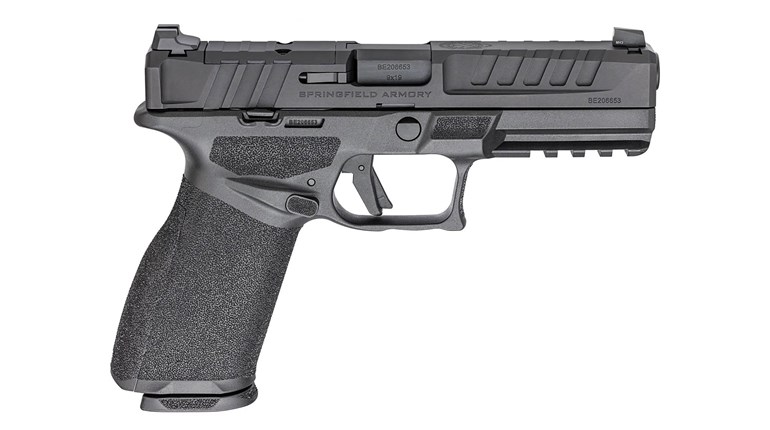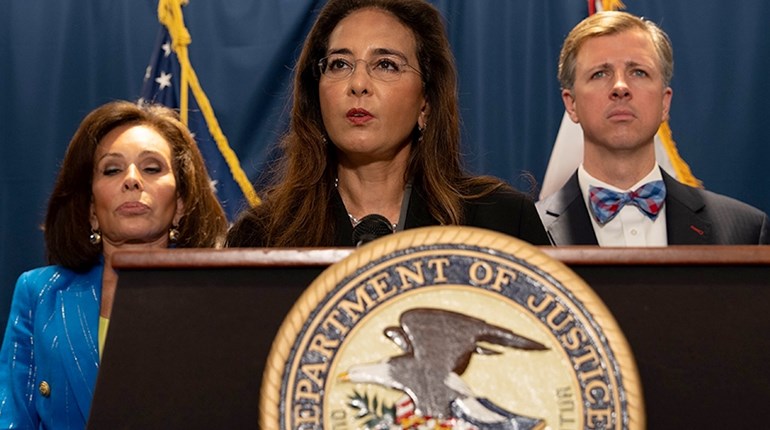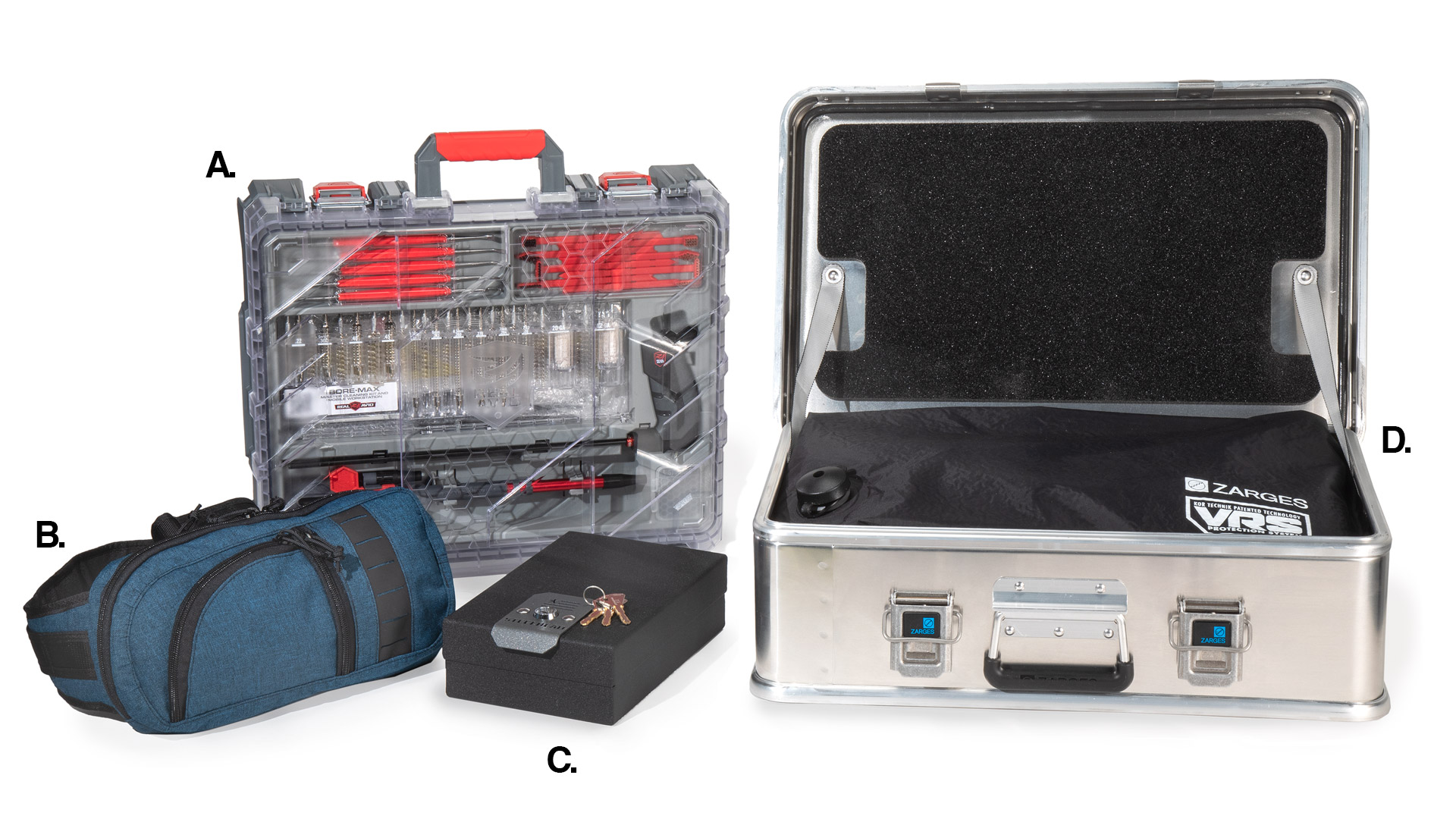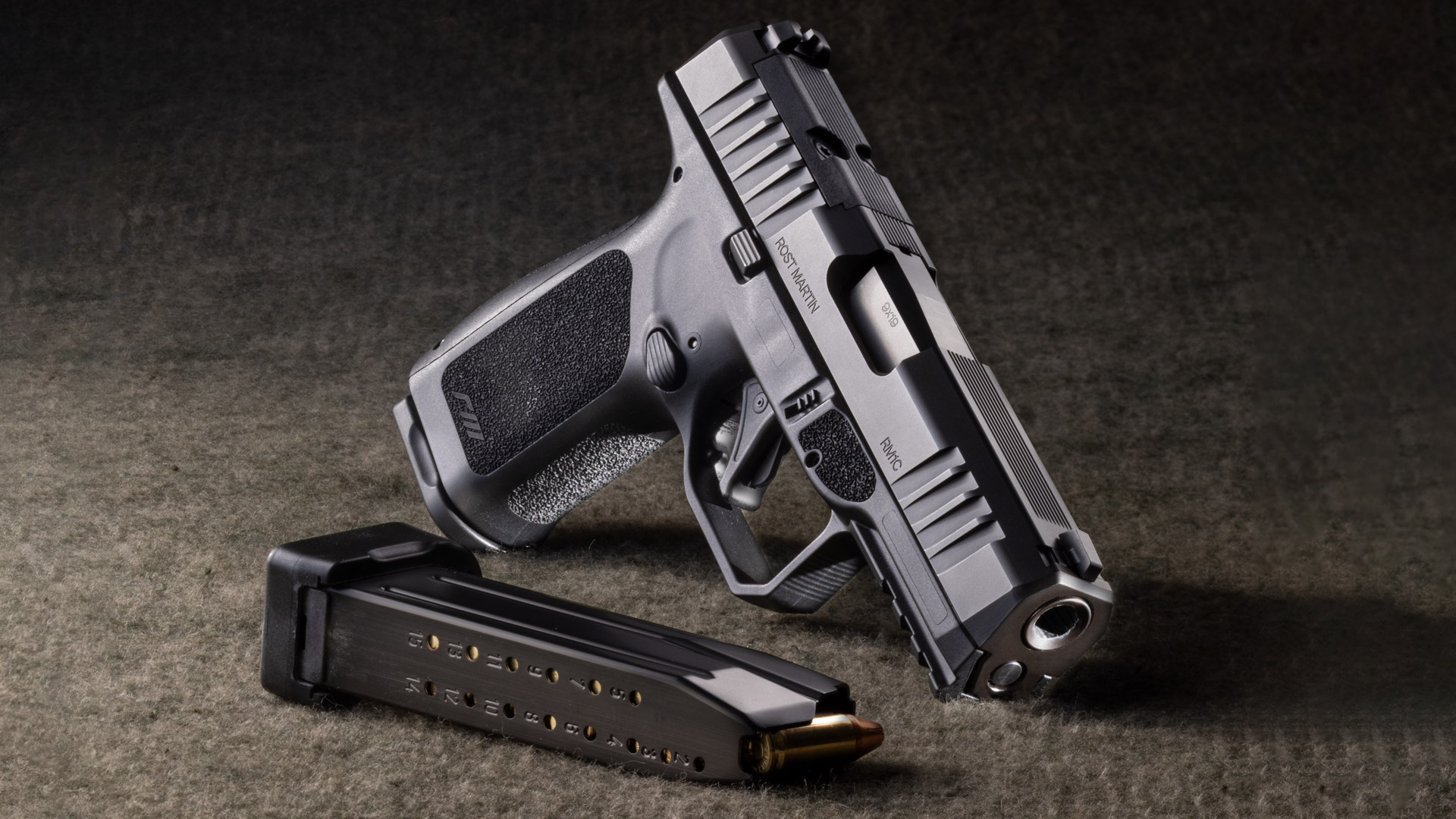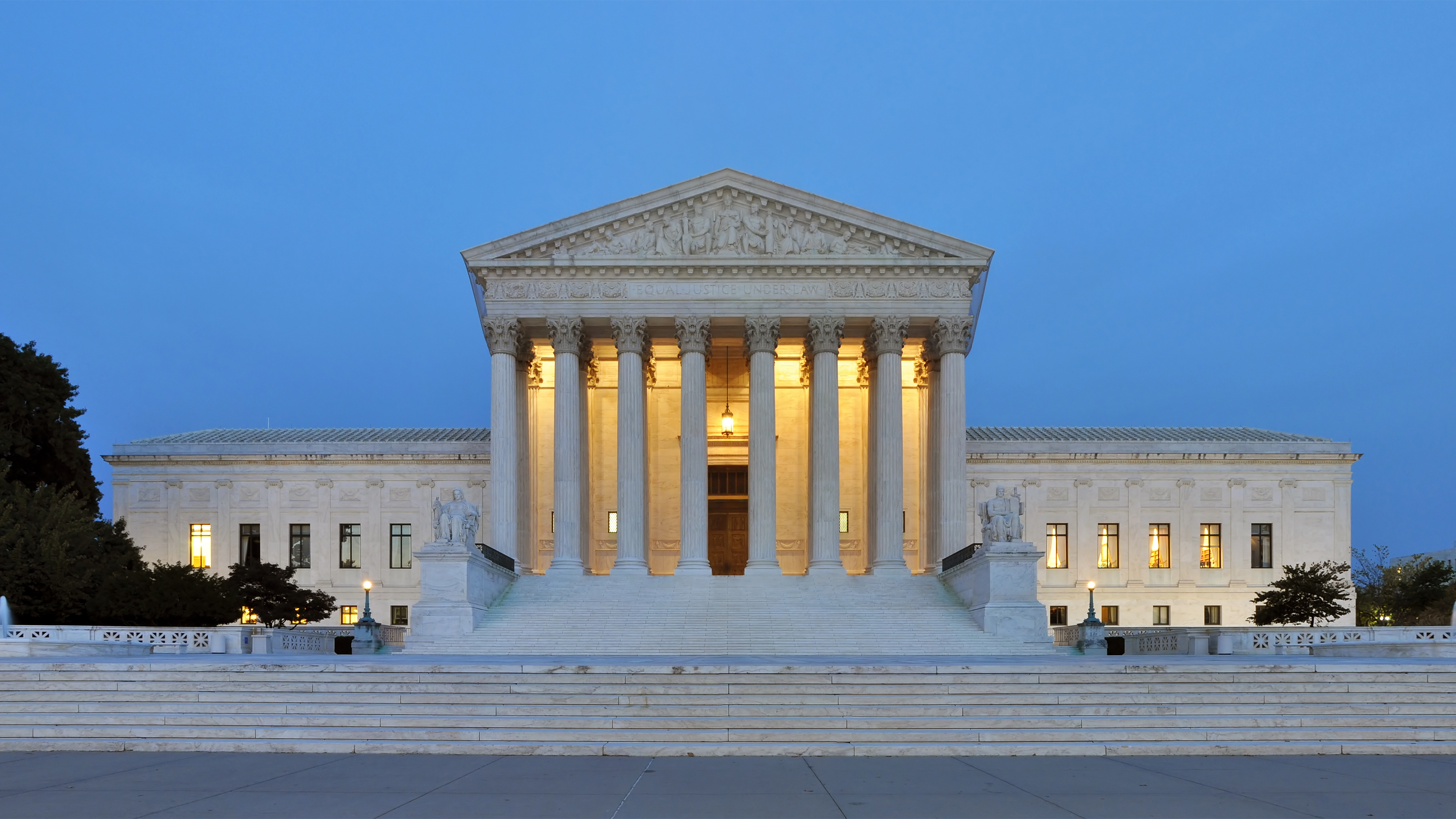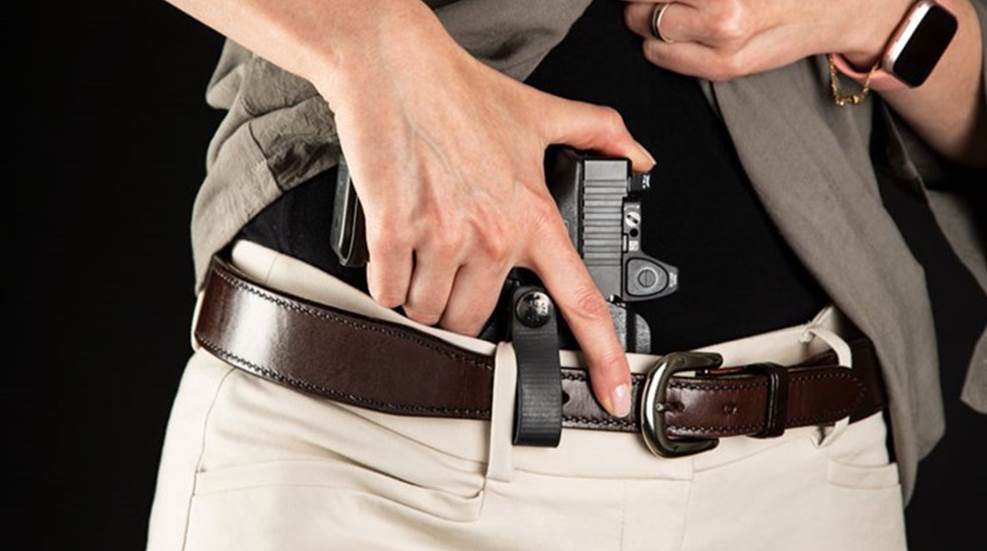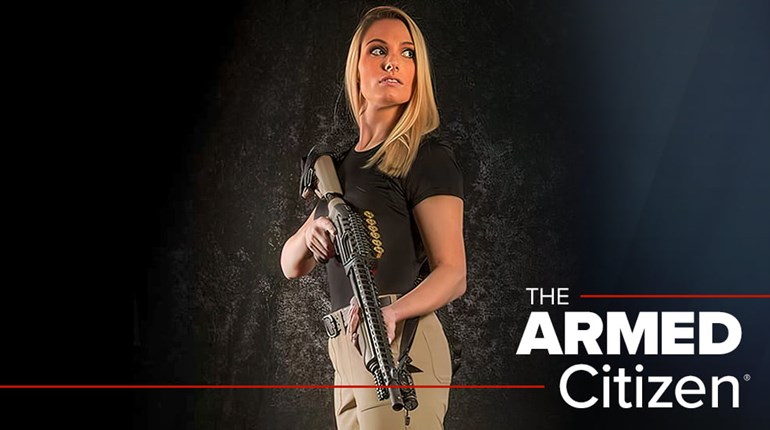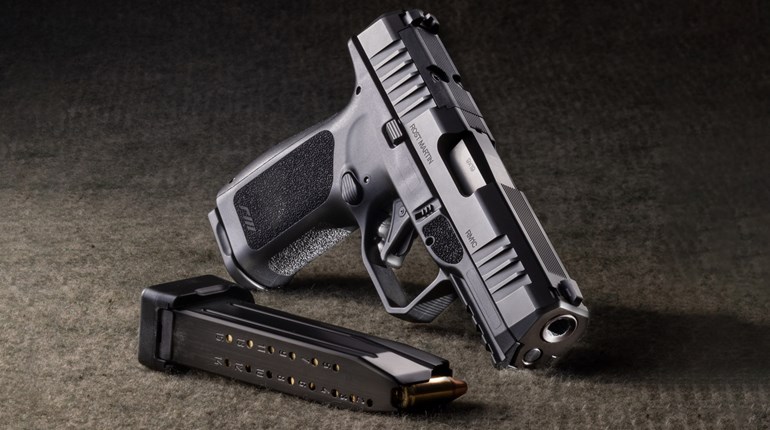
For two decades, national reciprocity for lawful concealed carry has been NRA-ILA’s highest legislative priority. That same era has seen continued liberalization of concealed-carry laws throughout the states, as well as several Supreme Court decisions confirming that the right to “bear arms” includes a right to carry handguns for self-defense. America has embraced this essential freedom, and it is not going back. It is long past time for Congress to catch up to the rest of the country and to send a national concealed-carry-reciprocity bill to President Trump, who has already indicated he would sign it.
In the 2022 case of New York State Rifle & Pistol Association v. Bruen, the U.S. Supreme Court unambiguously ruled: “the Second and Fourteenth Amendments protect an individual’s right to carry a handgun for self-defense outside the home.” That decision also held that New York violated that right by allowing the licenses necessary for its exercise to be issued on a discretionary basis, including requiring proof of a “special need” for self-protection.
Bruen, although a landmark decision, was not revolutionary. Rather, it was based in practices and legal traditions dating back to the country’s founding. Americans have been carrying firearms outside the home for self-defense throughout the nation’s history. The question the Supreme Court answered in Bruen was whether there was a legal tradition dating back to the adoption of the Second or Fourteenth Amendment that was analogous to New York’s discretionary licensing of public carry. The answer was a resounding “no.”
According to the Court, “there is little evidence of an early American practice of regulating public carry by the general public.” What regulations did exist narrowly prohibited carrying arms in such a way as to terrorize the citizenry. Following the Civil War, there were some attempts to regulate the concealed carry of handguns. Yet it was the concealment, not the carrying of the gun itself, that concerned policymakers. The sentiment of the day equated concealment with ill-intent, as it allowed bad actors to unfairly gain an advantage over surprised victims. The Supreme Court’s analysis of these laws specifically noted the option of open carry left the right to bear arms intact. Even now, open carry of handguns remains lawful without a license in a clear majority of states.
For many in the present day, however, open carry is not practical, even where it is technically legal. Most prefer the option of discreetly carrying concealed. Beginning in the 1980s, NRA-ILA focused on expanding the number of states that issued concealed-carry licenses on a “shall-issue” basis, meaning to applicants who could satisfy objective criteria established by law. As of 1987, only 10 states treated the concealed carry of handguns for self-defense in public as a matter of right for law-abiding individuals. Then Florida passed its seminal shall-issue licensing law, and the tide began to turn.
Three states passed shall-issue licensing laws in 1989 and one clarified its existing law was effectively shall-issue, after Florida’s experience proved successful. Two more states joined the list in 1990. By the end of the 1990s, 15 more states had shall-issue licensing laws. The momentum continued into the 21st century. By the time Illinois passed its law in 2013, there were 42 shall-issue states.
With the introduction of each new bill, gun-control advocates warned of a return to the “Wild West,” with “blood running in the streets.” This, however, did not materialize. Violent crime in the U.S. peaked in 1991 and then began to plummet, coinciding with millions of people obtaining concealed-carry licenses. Licensees, meanwhile, proved extremely law-abiding as a population, with one researcher noting they are statistically even more so than the population of police officers. Skepticism of lawful concealed carry receded among all but diehard firearm prohibitionists, as state after state implemented the practice amid falling violent-crime rates.
As concealed carry became the norm, so did interstate reciprocity, with license-issuing states recognizing the similar credentials from other U.S. jurisdictions. Concealed-carry reciprocity is now the clear majority practice among the states themselves, and even gun-control advocates have been unable to concoct a story about how this is problematic.
One state, however, has long been ahead of the game in recognizing the right of law-abiding Americans to carry handguns for self-defense. Vermonters have historically enjoyed both the right to carry concealed without a license and one of America’s lowest violent-crime rates. As shall-issue concealed carry became normalized throughout most of the country, and as it became increasingly clear that law-abiding carriers were not a threat, pro-gun advocates became interested in expanding “Vermont-style” carry to other jurisdictions.
That sparked another concealed-carry revolution that continues to the present day, with the rollout of permitless or “constitutional” carry. This regime builds on the logic of licensed concealed carry, which is that it is the character of the person carrying the gun, not the carrying of the gun itself, that implicates public safety.
Criminals, by definition, ignore the law and will carry whatever weapons, in whatever manner suits their purposes. They are not waiting for permission. Meanwhile, America’s nearly 40-year experience with widespread concealed carry has shown that law-abiding people are not likely to misuse their guns and can be trusted to exercise their rights responsibly. Recognizing the right of law-abiding people to carry concealed merely evens a playing field once dominated by the worst elements of society.
Concealed-carry reciprocity is now the clear majority practice among the states themselves, and even gun-control advocates have been unable to concoct a story about how this is problematic.
And the benefits to law-abiding people are substantial. Although there is no comprehensive national mechanism for tracking defensive gun uses (DGUs), surveys attempting to quantify DGUs show hundreds of thousands of annual incidents, on the low end, to millions, on the high end. Most, moreover, conclude without a shot being fired; the mere presence of the gun is enough to resolve the situation. Concealed carriers have also repeatedly stopped what almost certainly would have been mass-casualty events.
No wonder, then, that permitless concealed carry became the majority rule with stunning swiftness. Twenty-nine U.S. states now recognize the right of people who are legally eligible to possess firearms to carry concealed a handgun for self-protection without obtaining prior permission from the government. As recently as 2003, it was only one. An incredible tally of 13 states adopted this policy during just the four years of the Biden-Harris administration.
Significantly, even before the Bruen decision, no state that had adopted concealed carry as a matter of right ever repealed the policy.
With the success of concealed carry in the states, what is left for Congress to do? Fortunately, not much. But what remains is very important.
There are a few states that have stubbornly resisted recognizing the rights of their residents and visitors to carry handguns in public for self-protection. The list includes California, Hawaii, Maryland, Massachusetts, New Jersey and New York. None of these states recognize concealed licenses issued in other states, nor do the District of Columbia, Illinois, Oregon or Rhode Island. Yet most of these states have a thriving tourist economy and are happy to accept the money of out-of-state travelers.
When those visitors bring their lawfully carried handguns, accepted by the vast majority of other U.S. states, they may be in for a rude awakening. The anti-gun, no-reciprocity states treat anyone carrying a firearm as a presumptive criminal, and the penalties are quite harsh—usually felonies with mandatory prison time.
Tourists who have innocently volunteered that they were carrying to a police officer have been arrested, have had their guns seized and have been tossed into local jails. Sometimes, after they have been sufficiently terrorized and impoverished by missed work and legal fees, they are allowed to plead to a misdemeanor criminal charge. But they bear the unjustified stigma and collateral consequence of a criminal conviction … all for constitutionally protected conduct.
Congress has the duty and the authority to stop this anti-gun tyranny. Bills that would treat concealed-carry credentials the same as driver’s licenses for purposes of interstate recognition have been introduced on Capitol Hill as far back as 1995. An outstanding version introduced by Rep. Richard Hudson (R-NC), which had passed the House in 2017, is pending right now.
With four decades and multiple Supreme Court cases into this successful national movement, there is no longer any plausible excuse for congressional inaction. Speaker Mike Johnson (R-LA) and Senate Majority Leader John Thune (R-SD) were elected for just such a moment as this.
Even Democrats, whose national party reflexively embraces gun control, have 13 senators presiding over states that already have permitless carry and/or universal recognition of out-of-state permits. What objection could these senators possibly have to national reciprocity? Whose interests do they believe they represent? If it is the people of their states, they have already rendered their verdict in favor of concealed carry.
In time, Bruen’s mandate will reach even the final handful of states that stubbornly stand athwart U.S. history and America’s Constitution.
The question for Congress is whose side are they on? The massive resistors? Or the freedom-loving American people?













